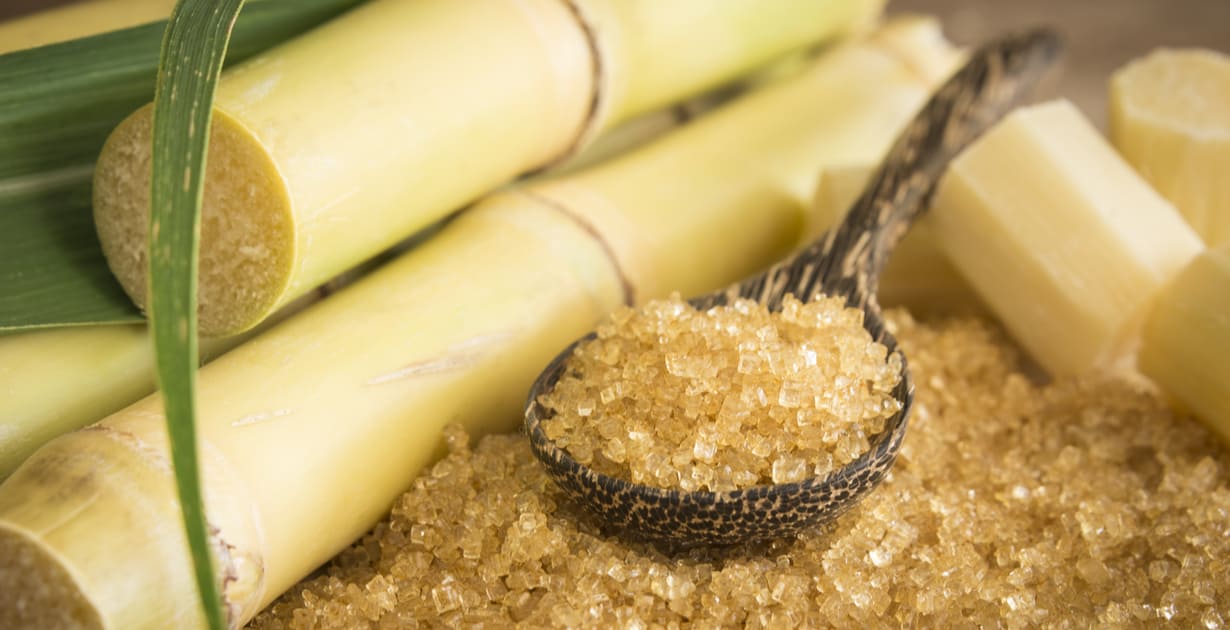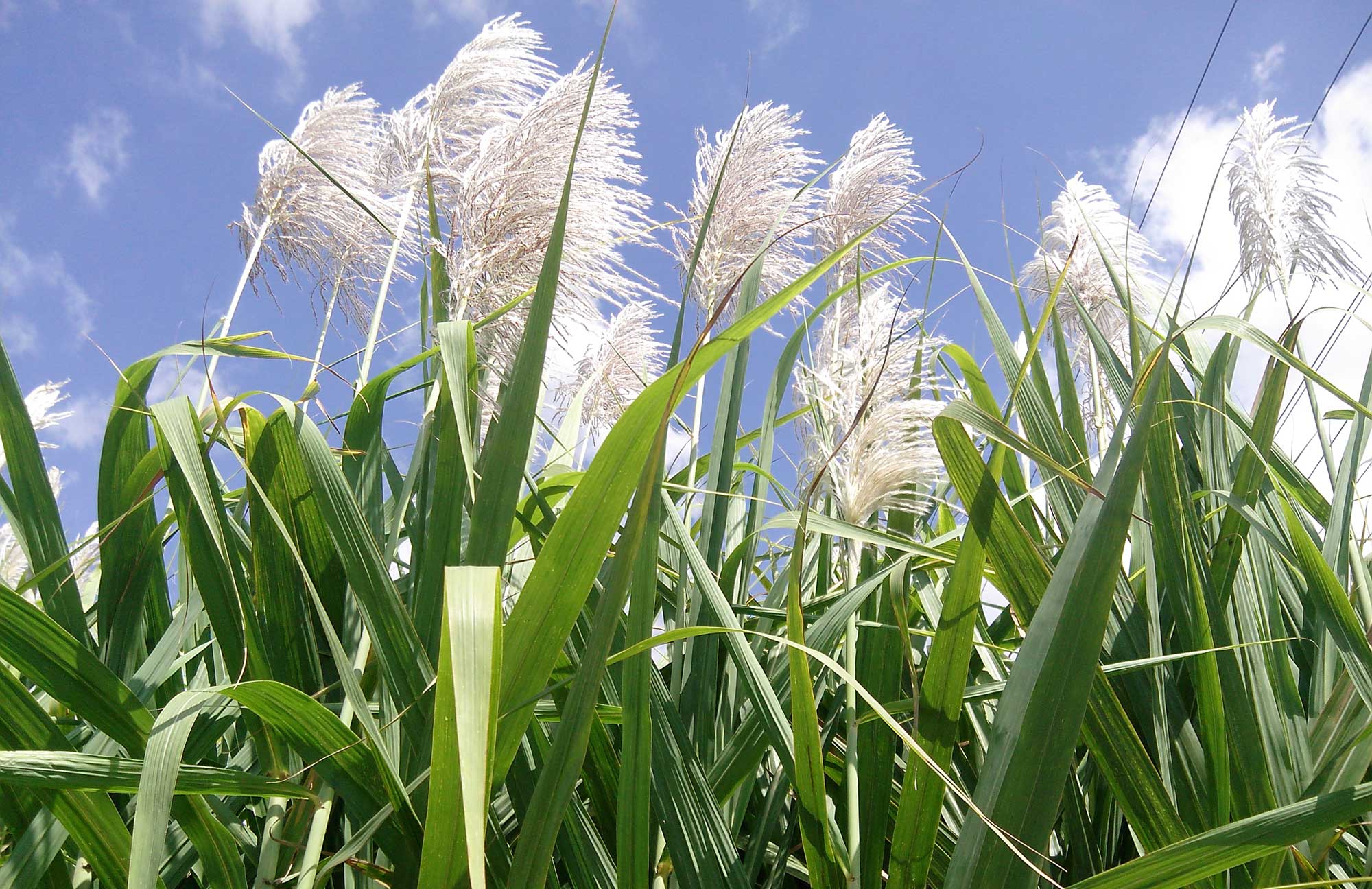The Healthier Alternatives to Sugar and Cane for Natural Sweetness
The Healthier Alternatives to Sugar and Cane for Natural Sweetness
Blog Article
Why Walking Cane Sugar Handling Chemicals Are Essential for Modern Sugar Refining
The function of walking stick sugar processing chemicals in contemporary sugar refining can not be overemphasized, as they are important to improving both the efficiency of removal and the general high quality of the last product. Agents such as phosphoric acid and details flocculants are used to eliminate impurities, resulting in sugar that not just satisfies consumer assumptions however likewise adheres to sector standards.
Duty of Handling Chemicals
The efficacy of cane sugar handling pivots significantly on the critical application of processing chemicals. These chemicals play a critical role in improving the effectiveness and top quality of sugar extraction and refining. From the initial stages of juice removal to the final purification actions, processing chemicals facilitate different essential procedures.
In the extraction phase, chemicals such as phosphoric acid and calcium hydroxide are used to maximize the clarification process, aiding to get rid of contaminations and suspended solids from the walking cane juice. This not just enhances the return yet additionally guarantees the clearness of the end product. Additionally, agents like flocculants aid in the rapid settling of impurities, thus enhancing the total procedure.
As the processing breakthroughs, chemicals are made use of in decolorization and formation stages. Activated carbon and ion exchange materials offer to get rid of shade and smell, making sure that the refined sugar meets customer top quality standards. Eventually, the duty of processing chemicals expands beyond operational efficiency; they dramatically affect the sensory attributes of the end product, adding to market competitiveness. Thus, the careful choice and application of these chemicals are important for achieving optimal outcomes in walking stick sugar processing.
Secret Types of Chemicals
Walking stick sugar handling depends on a variety of vital chemicals that help with each stage of manufacturing. These chemicals play vital functions in clarifying, lightening, and detoxifying the sugar removed from walking cane.
One main category of chemicals consists of flocculants, such as polyacrylamide, which help in the information process by promoting the aggregation and settling of pollutants. In addition, calcium hydroxide is usually utilized to counteract acidity and help in the elimination of non-sugar parts.
Bleaching agents, such as triggered carbon and sulfur dioxide, are made use of to decolorize the syrup, causing a clearer end product. These chemicals assist eliminate shade compounds that might affect the sugar's look and marketability.
Moreover, phosphoric acid works as a pH regulatory authority during the handling stages, guaranteeing optimal conditions for the enzymatic tasks associated with sugar extraction and purification.
Various other essential representatives consist of edta (ethylenediaminetetraacetic acid), which chelates metal ions that might catalyze unwanted responses, and sodium hydroxide, which aids in pH control throughout the refining process. Collectively, these chemicals improve efficiency and guarantee a top notch walking stick sugar product.
Benefits for Sugar Top Quality
Commonly forgotten, the usage of details handling chemicals significantly boosts the total quality of cane sugar. These chemicals play a critical duty in refining processes, ensuring that the final product meets rigid market standards for purity and taste.

Additionally, processing chemicals assist in attaining a consistent granulation and appearance, which are crucial for customer acceptance. By regulating the condensation procedure, these chemicals guarantee that the sugar crystals form uniformly, causing an extra appealing item that dissolves well in numerous applications.
In addition, making use of these chemicals can enhance the service life of walking cane sugar by decreasing dampness absorption and microbial growth. In general, the tactical application of processing chemicals is necessary for providing top quality walking stick sugar that fulfills customer expectations and Source sector needs.
Environmental Impact Factors To Consider

Moreover, the energy-intensive nature of sugar refining, compounded by chemical use, often leads to boosted carbon exhausts. This adds to climate adjustment and raises concerns concerning the sustainability of current refining techniques. Additionally, the sourcing of these chemicals may entail techniques that threaten biodiversity, such as monoculture farming, which decreases the resilience of agricultural ecosystems.

To mitigate these impacts, sugar refiners are progressively exploring sustainable alternatives and adopting finest techniques that lessen chemical usage. Executing strenuous environmental management systems can help guarantee that the refining process straightens with ecological criteria and advertises biodiversity. Inevitably, a balanced technique that prioritizes both sugar high quality and ecological stewardship is important for the long-term viability of the sugar market.
Future Trends in Refining
As the sugar industry comes to grips with the environmental difficulties related to typical refining approaches, innovative methods are emerging to enhance both efficiency and sustainability. One significant trend is the fostering of environment-friendly chemistry concepts, which prioritize using non-toxic, eco-friendly processing chemicals. This change not only decreases environmental influence however likewise addresses customer demand for cleaner production techniques.
Another appealing advancement is the execution of sophisticated filtration technologies, such as membrane splitting up and adsorption processes. These techniques improve the clarity and quality of the sugar while lowering the quantity of wastewater generated during refining. Furthermore, the integration of digital innovations, consisting of IoT and AI, is transforming functional efficiency by making it possible for real-time tracking and anticipating maintenance, hence decreasing source waste.
Furthermore, using spin-offs from sugar refining, such as bagasse and molasses, is getting grip. These products can be converted into biofuels or value-added products, adding to a circular economic this climate within the industry. Jointly, these patterns indicate a shift in the direction of even more lasting methods that not only improve functional effectiveness but additionally align with worldwide sustainability goals, guaranteeing the future viability of sugar refining.
Verdict
Walking stick sugar processing chemicals are important in modern-day sugar refining, significantly boosting the effectiveness and top quality of sugar removal. The critical use of these chemicals her response not just improves the purity and taste of the end product but likewise makes sure constant crystallization and structure. As the sector progressively focuses on sustainability, the adoption of environmentally-friendly processing representatives is likely to shape future patterns in refining, eventually causing higher top quality products and extended service life for customers.

Ultimately, a balanced approach that prioritizes both sugar top quality and ecological stewardship is necessary for the long-term feasibility of the sugar sector.
Cane sugar handling chemicals are necessary in modern-day sugar refining, substantially boosting the efficiency and high quality of sugar removal.
Report this page